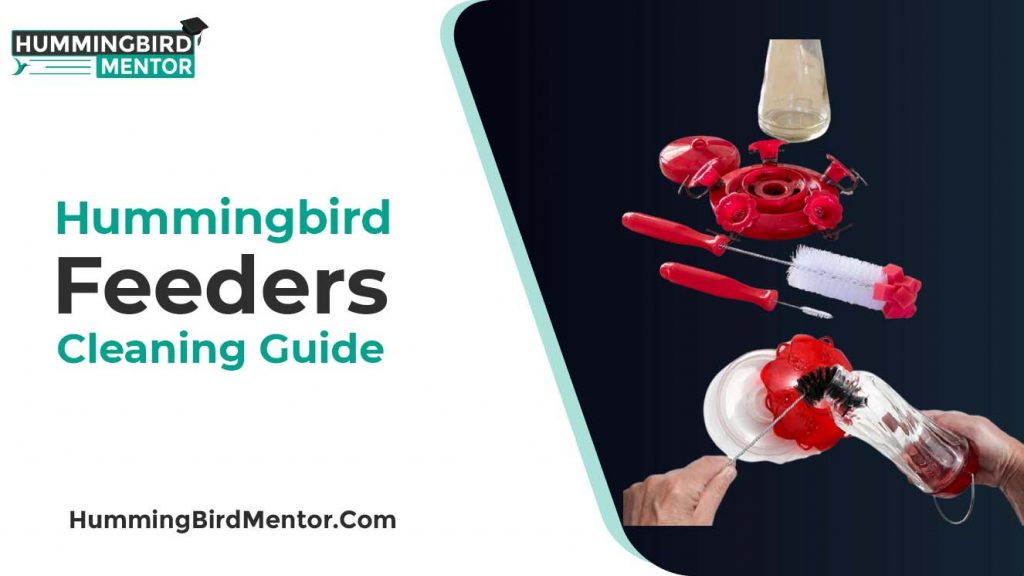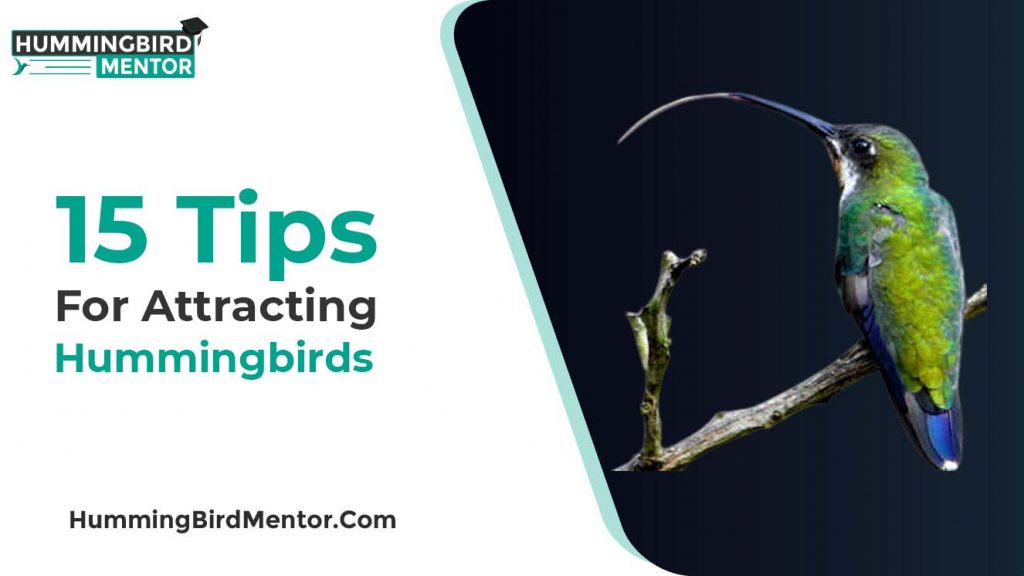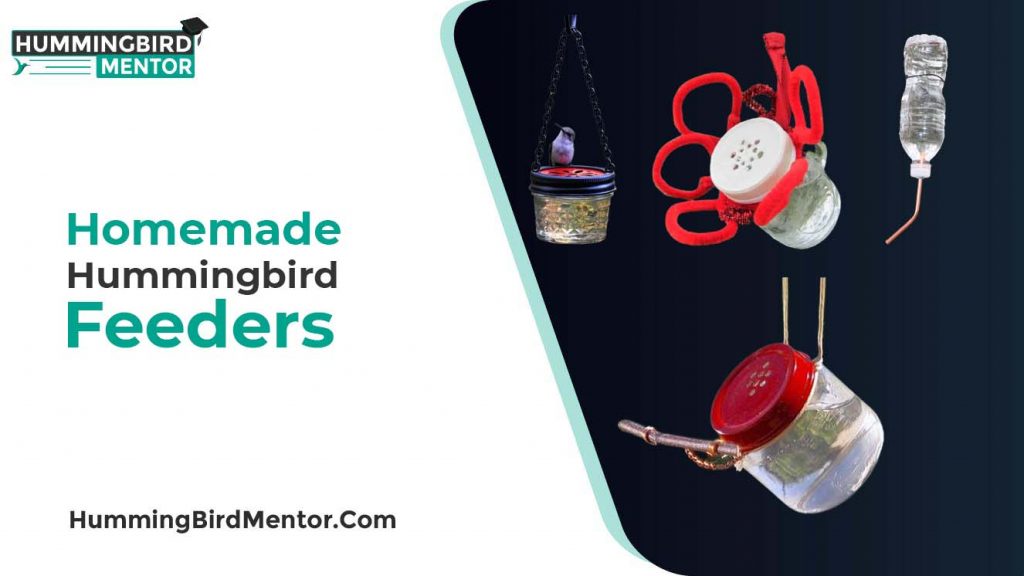Watching the hummingbirds every spring is a perfect treat for any bird lover. They usually provide the nectar source to hummingbirds to attract them in the backyard as it’s an ideal way to observe them from small distances. But the tricky part is that what is the best time to feed the hummingbirds? In this article, we will discuss when to put out the hummingbird feeders.
Hummingbird season can differ in different areas depending upon the weather patterns and the hummingbird’s migration periods. The migration patterns of the hummingbirds depend upon the climate and environmental factors. So, we actually need to look at different factors affecting the hummingbird season and the hummingbird season calendar for different areas to answer these questions. Let’s get started with the factors affecting the hummingbird’s season starts.
Factors affecting the hummingbird season starts.
Although many bird species are year-round in many areas, the hummingbirds are usually migrating. So, it’s not necessary to put out the hummingbird feeder when they are not present. So whenever you are considering seasonal hummingbirds, you need to consider the following factors.
Your location
In many rare areas of the southern and coastal United States and Mexico, hummingbirds are also year-round like many other bird species. While in many other regions of the United States, the hummingbird feeding time depends upon the local hummingbird population and migratory patterns of the hummingbirds’ specific species.
Climate and Temperature
Hummingbirds prefer the mild and warmer climate, so it’s good to start feeding the hummingbirds earlier in these areas. They always prefer the good nectar sources in these areas. But in the cooler temperature areas, put out the feeders when it starts to warm up.
Migration patterns
You should learn about the hummingbird’s migration to decide when to put out the hummingbird feeders. Sunlight is one of the main factors that decide the hummingbird migration. Hummingbirds keep an eye on the sun level and start eating more to increase their weight up to 25 to 40 percent for migration. Their weight helps them to cover long distances during the migration. During their migration, hummingbirds need consistent nectar sources to maintain their energy level. Hummingbird feeders are the best choices for the early migrant when the natural flowers are not in full bloom.
Hummingbird Season Calendar
Although the exact date of putting hummingbirds can vary each year, this general calendar can help you to keep an eye on hummingbirds in your area.
Year-round feeding
Hummingbirds need the nectar sources whole the years, where they are non-migratory. The overwintering hummingbirds also join them during the winter months. If you are located along the Pacific Coast of the United States and Southern British Columbia, you can feed the hummingbirds all the year. In many other areas, including the southern Texas coast, south and central Florida, and Southeastern Arizona, year-round feeding is ideal.
February and March feeding
Hummingbirds start to migrate early in the southern United States, including the Deep South areas, North Florida, and South Georgia. So, here you can put out the hummingbird feeders as soon as mid-February to early April. You can expect the first arriving migrants on your feeder.
March and April feeding
Early migrating hummingbirds heading to the breeding grounds further North can appear in the United States as soon as mid to late March and early April. Ruby-throated and Rufous hummingbirds are mostly found hummingbird species in these areas.
April and May feeding
Hummingbirds move to the Northern ranges in late April or early May. At this time, the hummingbirds are thirstier, so keep clean, refill, and ready your feeder for these thirsty guests. Make sure to don’t be late than the first week of May.
May and June
In the further northern areas, hummingbirds don’t arrive till the late spring or early summer. So, in the central Canadian ranges, you can wait until mid-may or very early June to put out your hummingbird feeder. But the birders also look for the early arrivals and keep their feeder ready to serve them.
Some regional Clues to feed the hummingbirds
Wherever you are living, the local climate change with time. Different seasons can come early or late each year. So, in that case, what you need to look for to put your hummingbird feeder out. You need to focus on some following clues and indicators to determine the perfect time each year.
- You can put out the hummingbird feeders when the flowers begin to bloom and tree buds begin to swell.
- Put out your hummingbird feeder when the other migrants are arrived, especially the warblers, buntings, and other geotropically migrants.
- Put out your feeder when the local birders observe the local and regional hummingbirds’ sightings in your area.
Make sure to keep an eye on your backyard, as the hummingbirds are usually very predictable with their arrival and departure dates. Their migration only varies a little bit from their expected dates.
Better Early Than Late
Don’t wait to see the very first hummingbird in your area to put out the feeder. It’s better to put out the hummingbird feeder early than late. Make sure you are not too late to attract the early migrants. Hummingbirds have great memories, and once they visit your feeder, they will come to the same feeder year after year. If they don’t found the feeder there, they move around and don’t revisit the unpredictable food sources. But make sure to replace the nectar before spoiling if the migrants are still not arrived. You may need to replace the feeder once or twice before the hummingbird’s arrival, depending upon their migration.


